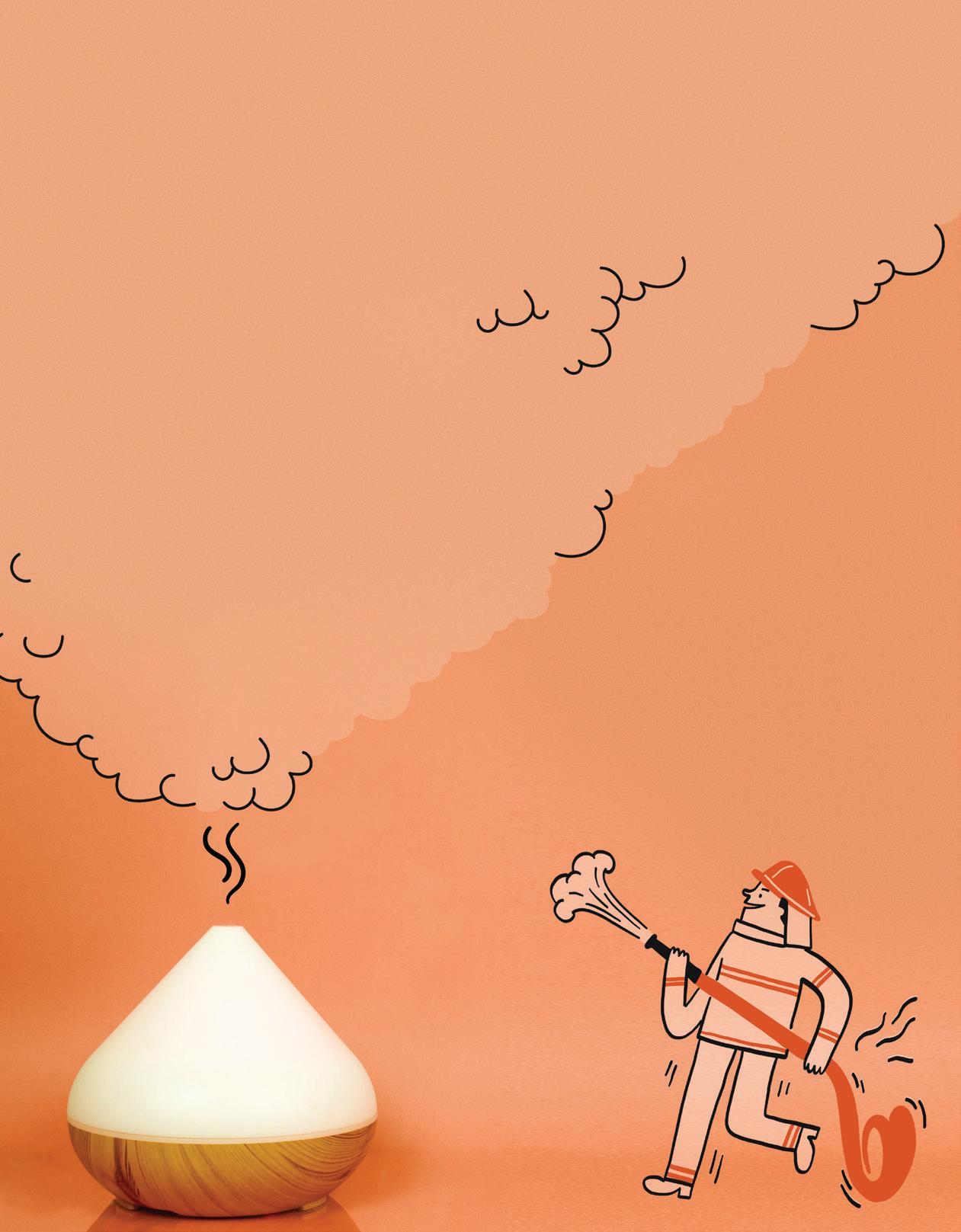
8 minute read
DO ESSENTIAL WORKERS
Essential oils have gained huge popularity in the past few years do essential workers needEssential Oils?
– it seems you can’t go anywhere without seeing a By Rachael Savoie diffuser or roller bottle. So… what’s the big deal? Is a $30 bottle of lavender oil really going to change your life?
Since ancient times, essential oils have been used in the making of traditional medicines and perfumes. In ancient Egypt, it was believed that oils such as frankincense and myrrh were necessary to prepare bodies for mummification, and today essential oils are widely used for aromatherapy, skincare products, and even scent-work training for dogs. From Costco to Walmart, big brands are cashing in on this billion-dollar industry, so choosing between all the different options can be quite difficult.
fragrances vs. essential oils
Knowing the difference between essential oils and fragrances is a great way to get the biggest bang for your buck and your health. They are processed in very different ways and knowing the difference between the two is an investment in your health.
Fragrances are lab-created scents used to imitate natural odors – think of a holiday-spice candle or eucalyptus-scented hand soap. Generally, when the word “fragrance” is listed on a product it serves as an umbrella term for a list of added chemicals. Companies can do this legally because the FDA empowers them to keep their formulas secret from other competing brands. Ever get a headache when you walk by a perfume store? Exposure to some fragrances over time can cause migraines and aggravate skin sensitivities, allergies and even cardiovascular issues.
Essential oils are created in many different ways, but the most common are steam distillation or cold pressing. Steam distillation involves gathering plant material and placing it above boiling water. The steam pulls the oils from the plant material which then separates from the water.
Cold pressing is generally used for citrus fruits such as oranges, limes, and lemons. The fruit is punctured with spikes to bring the oils to the surface. They’re then mixed with water which is later drained away to isolate the oil. Steam distillation and cold pressing both preserve the integrity of the plant, herb, or fruit used, making the process as natural as possible.
Regardless of which brand of essential oils you try, doing your research will help you make the most informed decision and avoid exposure to toxic chemicals. Knowing where your products come from and how they are made is the first step in beginning your health journey with essential oils.
A Few Great Choices
peppermint
Feeling groggy after a late-night shift or needing an extra boost during a workout? Peppermint essential oil will give you a burst of energy and leave you feeling refreshed. Try sniffing this one straight from the bottle or adding a drop to the back of your neck.
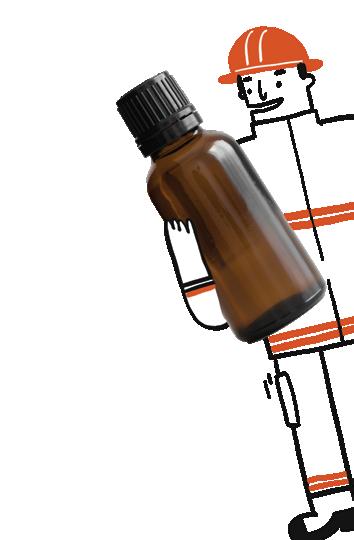
orange
Sunshine in a bottle, orange essential oil helps to lift your mood and create feelings of happiness. Adding a drop to your wrist will act as a natural perfume and can help combat anxiety or stress in challenging situations.
lavender
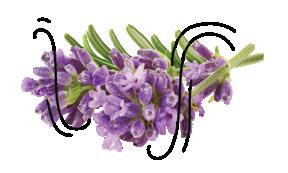
Tossing and turning all night? Lavender essential oil helps to promote a calm state of mind to achieve a better night's sleep. Adding a few drops on your pillow or in your diffuser before bedtime will put your body at ease.

bergamot
First responders deal with stressful situations that need to be managed both personally and professionally. If you often manage stress by indulging in your favorite sweets or simply by overeating in general, try bergamot essential oil instead. Bergamot has been shown to aid in the reduction of worry and stress, especially when used in combination with other stress management tools such as exercise and putting away our tech devices!
A yellowish-green citrus fruit about the size of an orange, bergamot is traditionally grown in the southern Italian region of Calabria. Unlike oranges, they’re typically sour when eaten fresh but their aroma is described as floral with notes of musk. According to a study conducted in 2017, patients in a mentalhealth treatment center who were exposed to bergamot essential oil for 15-minute periods showed more positive emotions and an overall improvement in their mood and well-being. Bergamot is used in Earl Grey Tea, giving the tea its unique flavor and aroma As more research is conducted on essential oils, it is important to consult your doctor to ensure you are using essential oils correctly. Some can cause allergic reactions and headaches when used improperly, so it's always best to exercise caution and pay attention to how your body reacts to certain scents. Always read and follow the labels before adding essential oils directly to your skin. “Hot” oils such as cinnamon, peppermint, and oregano can cause irritations if not diluted properly.
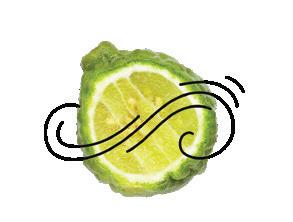
the be all and end all?
While essential oils may not be the solution to the stress that life brings, using them as another tool to manage challenging moments may be an option. This guilt-free selfcare option offers the potential for high rewards.

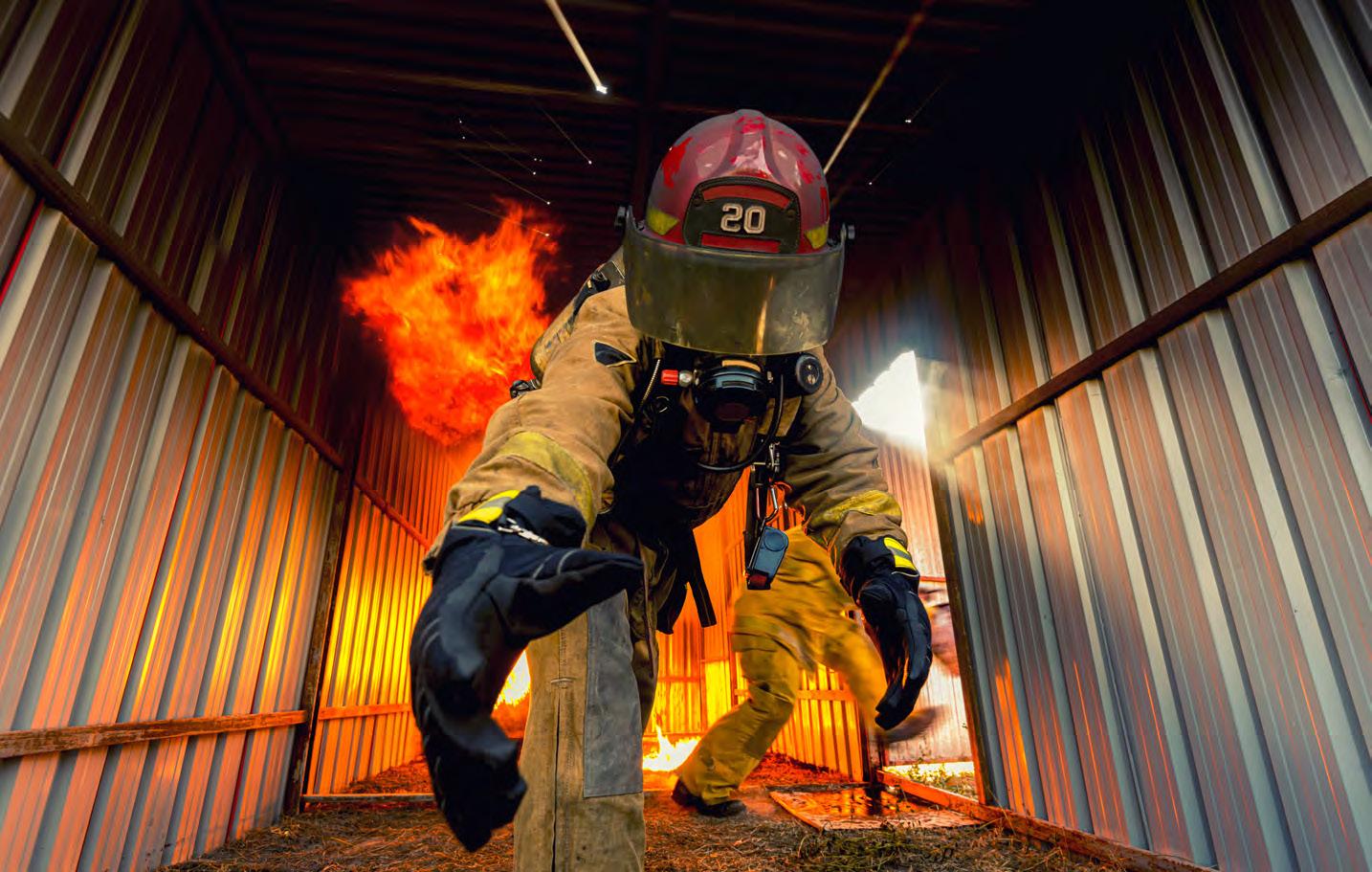
Provider’s Guide to FIREFIGHTER MEDICAL EVALUATIONS
Firefighting is a uniquely stressful and dangerous job that requires working in unpredictable and often toxic environments. Due to the demands, firefighters are at increased risk for job-related CANCER, MENTAL HEALTH CONCERNS, and CARDIOVASCULAR EVENTS.
While the USPSTF recommendations should be used as a baseline, they are designed for the general population and not an occupational group with increased risk. Providers should be aware of the unique exposures and consider this in conjunction with personal and family risk factors when weighing timing and frequency of screenings.
CARDIOVASCULAR DISEASE (CVD)
Sudden cardiac events account for ~50% of acute duty-related death among firefighters primarily by myocardial infarction or cardiac arrest.1 Consider thoroughly screening and aggressively treating CVD risk factors. An ASCVD risk score can help identify firefighters who may need to initiate treatment for hypertension or dyslipidemia. Expert Panel Recommendation: Based on risk factors, evaluate firefighters for coronary heart disease (CHD) and structural heart changes, specifically consider:2 Coronary Artery Calcium (CAC) Scan at age 40 yrs., or earlier based on clinical judgment and risk profile Screening for structural heart disease includingleft ventricular hypertrophy, cardiac chamber enlargement, valvular abnormalities, or diastolic/systolic dysfunction using screening echocardiography in the presence of hypertension, obesity, Metabolic Syndrome or sleep apnea

A large-scale autopsy review found approximately 80% of firefighters who suffered a sudden cardiac event had evidence of both coronary heart disease (>50% occlusion) and a structurally enlarged heart. Only about 20 % of autopsies had evidence of an intracoronary thrombus, suggesting ischemic heart disease and resultant complications may be responsible for a large percentage of cardiac line of duty deaths. 3 FIREFIGHTERS AS TACTICAL ATHLETES
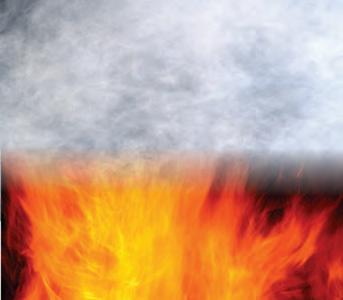
Cardiovascular
Extreme physical work, >70 lb of gear, strain on cardiovascular system
Hematological
Dehydration (decreased plasma volume), hemoconcentration
Thermoregulatory
Elevated core temperature, dehydration, heat stress
Respiratory
Increased breathing rate and oxygen consumption
Metabolic
Oxygen cost (extreme physical work), increased lactate, fatigue
Immune/Endocrine
Increased leukocytes and hormones
Nervous
Sympathetic surge, increased adrenaline
Muscular
Increased oxygen use and heat production
Psychological
Repeated exposures to trauma, sleep disruption, increased mental and behavioral health concerns
Click here bit.ly/3yX8lfA or Scan the QR code for Screening Tools, Resources & More CANCER
Firefighters have been found to be diagnosed with cancer at earlier ages than the general population.4-8
While firefighters do wear PPE, their gear does not protect them from all carcinogenic exposures on the fire ground and modern fires burn hotter and dirtier than ever before.10
While studies are evolving to empirically validate screenings beyond those of the USPSTF for firefighters, experts working with this population strongly suggest considering: Discussing pros and cons of tracking PSA annually starting at age 40 Colorectal cancer screening beginning at age 40 Cervical cancer screening every 1-3 years based on risk factors Annual mammograms beginning at age 40 Annual testicular exam and instruction for self-examination Annual head-to-toe skin examination and appropriate dermatology follow-up Urinalysis annually for microscopic hematuria
CANCERS found to be increased among Firefighters
Brain4,6,7 Non-Hodgkin’s Lymphoma4,8,9 Leukemia7 Breast10 Melanoma6-9 Kidney5,7 Colon8,9
Cervical9
Prostate4,6-9 Testicular4,6,8,9
Stomach4 Thyroid6,8 Bladder5,8,9 Mesothelioma4,8,9 Rectum4,5,8 Intestines5 Lung5 Esophagus5,7
Multiple Myeloma4,7
CARCINOGENS found in smoke
Carbon Monoxide Hydrogen Cyanide
Hydrogen Chloride Asbestos
Sulfur Dioxide
Formaldehyde PCB Benzene PAH
Chloroform Styrene
BEHAVIORAL HEALTH
Firefighters have high rates of depression, post-traumatic stress, acute stress reactions, anxiety, high rates of suicidal ideation and report frequent binge drinking.12-18
Consider screening for behavioral health issues, suicidal thoughts, and substance use/abuse such as binge drinking.
SLEEP DISORDERS
Firefighters are at high risk for sleep disorders (e.g. sleep apnea, insomnia, shift-work disorder, and restless leg syndrome).13,19
Based on the substantially high rate of sleep disorders, experts in firefighter health recommend aggressive screening and treatment for sleep disorders.
LUNG DISEASE
Firefighters are often exposed to products of combustion that may lead to acute respiratory issues (i.e.: hypoxemia, bronchoconstriction).20 Repeated exposure may cause chronic pulmonary disease and abnormal lung function.21,22
Based on risk factors, experts in firefighter health recommend considering:
Baseline Chest X-Ray and repeat imaging as clinically indicated
Low dose CT for screening of lung cancer in high-risk individuals
Regular spirometry to include FEV1, FVC, and the absolute FEV1/FVC ratio if clinically indicated
Sponsored by:
Click here bit.ly/3yX8lfA or Scan the QR code
for Screening Tools, Resources & More











